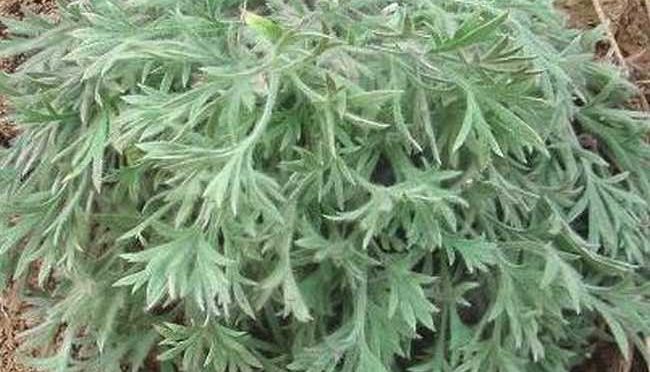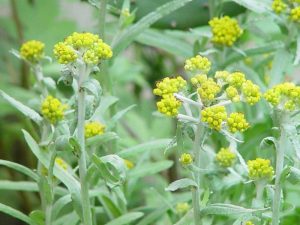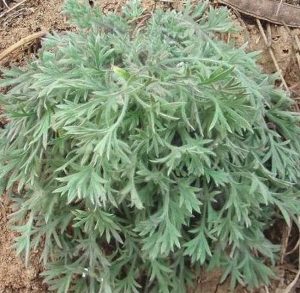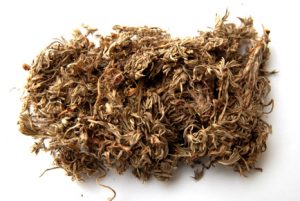| Class and Class No. | 3E ( 31 ) |
| Class No. | Yip Hiu Ching |
| Year: | 2017-2018 |
Instruction: Type in useful information in the space provided.
| Chinese name: | 土茵陳 |
| Family Name (科名): | Asteraceae |
| Scientific name (學名): | Artemisia capillaris |
| Common name (俗名): | 茵陳蒿 鼠曲草, |
| 習性:常生較乾旱的山坡、草地、山谷和山地路旁
|
Growth habit:
Often grow in temperate climates of both hemispheres, usually in dry or semiarid habitats |
| 葉:
對生,卵圓形或長圓狀卵形,長1~4厘米 , 黃綠色或灰綠色,兩面被棕黑色腺點 |
Leaf:
Their leaf are oppsite, oval or oblong ovoid, 1-4 cm long
|
| 花:
夏秋間開放,紫紅色、淡紅色或白色 |
Flower:
Asteraceae’s flower will bloom in between summer and autumn. Most of them are in purple, pink and white |
| 果:
無果 |
Fruit:
No fruit |
| 性味功能
氣芳香,味苦微寒 |
Properties
smell aromatically and taste bitter |
| 主治
主治黃疸尿少、濕瘡瘙癢、黃疸型傳染性肝炎等症狀 |
Treats
Infant Jaundice, Eczema and Icterohepatitis |
| 知多一點點:
在過去蚊香和殺蟲劑未普及時,老一輩的人常將土茵陳的莖葉曬乾用以驅蚊 |
More to learn:
People in the past use it to replace Insecticides and Mosquito coils
|
Previous Scientific Research (if any):
| 1. |
Useful Link:
| Topics | Hyperlinks |
| General information of Artemisia capillaris | https://zh.wikipedia.org/zh-tw/%E8%8C%B5%E8%94%AF%E8%92%BF |
Questions:
| (Beginner) | Guidelines:
Answer can be directly harvested from the information given. e.g. Q1. What is the growing habit of Artemisia capillaris ? Answer: …….. |
| (Elementary) | Guidelines:
Answer can be obtained from the information given and the external links. e.g. Q2. What is the medical value of Artemisia capillaris in the past ? Answer: …….. |
| (Advanced) | Guidelines:
Question requires higher order thinking. More information should be found from external links or reference before answering the questions. Q3. List 3 use of Artemisia capillaris Answer: …….. |



